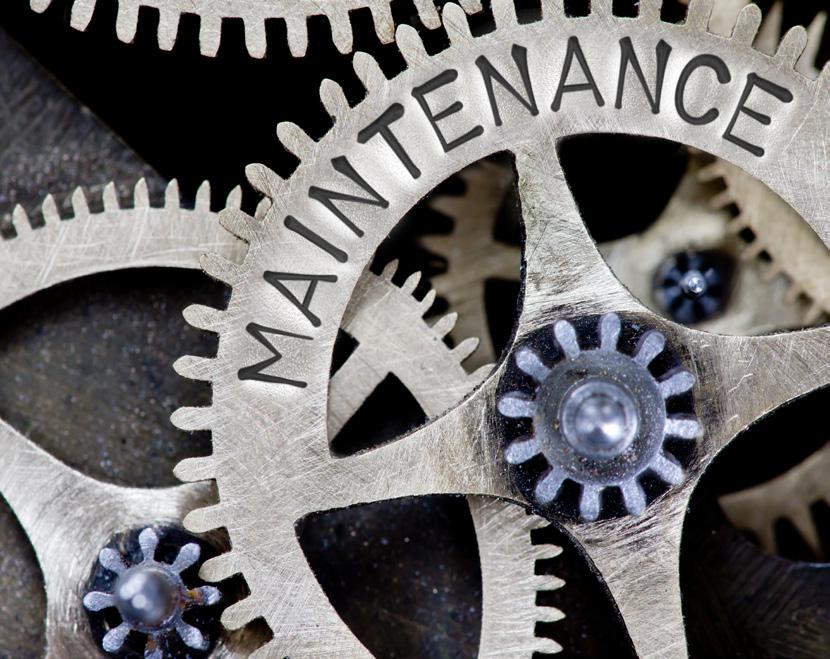




We create solutions for our customers which enable smarter, safer, more productive and sustainable factories, production lines and warehouse operations. Our pneumatic and electric motion systems help machine builders and end users around the world automate and optimise manufacturing and warehousing processes.
We have partnered with customers in industrial automation for over a century, applying our experience and innovation to create lasting value for their businesses. Our solutions support critical industries such as automotive, food and beverage, pharmaceuticals and even the space industry. We support the automation of precision manufacturing, product assembly, testing and packaging.
We use the latest digital technologies in our automation products and constantly innovate in close partnership with our customers. By applying our deep expertise, we can solve their toughest automation challenges, today and tomorrow. Through increased productivity, efficiency and safety, our customers can serve their own customers better, creating sustainable competitive advantage and delivering growth.
Our world-class product portfolio includes IMI Norgren, IMI Bimba, IMI Bahr and IMI Buschjost.

The secret to radically reducing the potential for maintenance-related issues to emerge is to plan and devise a preventative maintenance programme that seeks to spot and solve smaller issues before they have a chance to make a bigger impact.

This puts less stress on maintenance teams to complete jobs against a set timeframe, and reduces the possibility that tasks are not always rectified satisfactorily when working against tight deadlines.
Preventative maintenance scheduling means that all elements of the production process are under constant review to eradicate instances of unexpected failure.
Here, we discuss three ways manufacturers should approach continual preventative maintenance to optimise operational efficiencies for the long term.
With the advent of industrial digital technologies (IDTs), organisations now have access to more information about their components’ health and performance than ever before. Data from smart, connected products placed within production lines can deliver a real time, highly accurate view for operators when it comes to assessing performance against critical KPIs, and whether remedial action is required before issues occur.

A recent Government report estimated that the use of IDTs could help reduce machine downtime by between 20 and 30 per cent and reduce plant maintenance costs by between 15 and 25 per cent.

Once a preventative maintenance programme is established, not only will the health and performance of the manufacturing output be enriched, it also sets a solid foundation for an ongoing cycle of continuous improvement.
Insight gained from analysing how important components are performing in different environments; how they react to temperature changes and wear and tear, how they deal with altering workload requirements, can help inform and guide plant operation and enable manufacturing organisations to become even more efficient and productive.
It can also identify high energy consuming components and provide an intelligence-based opportunity to replace them with more efficient solutions, or even take a holistic view about where energy and cost can be saved through the whole production process.
A prime example is the common use of compressed air as a vital resource for manufacturers. Despite its broad use, it remains one of the most expensive forms of energy with a typical 500 litres/sec unit consuming £40,000 of electricity per year. Recording the data extracted from components is just half the story. It is using the experience for the selection of added value solutions that will help make the real difference for manufacturers looking for a competitive edge.
The smallest unidentified and unrectified leak within a compressed air system in an industrial environment will make equipment and production less efficient and significantly increase costs

In the unfortunate event that an issue leads to unplanned downtime, manufacturers should be confident that their supply chain is robust, responsive and quality-led.
Often the need to obtain spare parts quickly, can have a direct impact upon the speed which an issue is sorted, and the total financial cost of downtime.
Making sure your supply chain offers sufficient stock levels, has easy to access technical support and has the back-up of field engineers (if required) can be the ultimate safety net.


To help you, this standard preventative maintenance checklist will ensure you are on top of your pneumatic maintenance programme:
Check your piston rod has not been damaged by material debris, rust or corrosion.
Remove debris build-up on the piston rod to prevent nose and wiper seals leaking.
Check piston seals are not worn which will lowering the potential thrust generated.
Remove moisture or debris contamination from cylinder barrels that could damage piston seals.
Check all the pivots on cylinder mountings.
If the cylinder model includes adjustable cushioning, is it functioning to a satisfactory level?
Check your Polycarbonate bowl complies with BS 6005:1997. Does it display any cracking or crazing?
Is your auto drain still working or leaking? Does the drain present audible leakage?
Is your lubricator delivering a correct level of oil supply into the downstream?
Does your pressure gauge still monitor output pressure or is it broken?
Is your filter element clean enough to prevent pressure drops?
Is your regulator maintaining optimum pressure? Does the relief hole display a continuous audible leak when under pressure?
Check open exhaust ports or breathers are covered to prevent ingress of debris and to conform to COSHH requirements.
Check upstream filters are not restricting air flow to valves.
Solenoid operators can often slow down with age – check that the speed of operation is still at optimum levels.
Check mechanical operators for general wear and tear. Replace if necessary – the consequences of failure can be dangerous!
Check exhaust ports on valves do not present continuous audible leaks.
Whilst machines not running, listen for leaks generally through the whole system.
Our Industrial Automation sector operates four global centres of technical excellence and a sales and service network in 50 countries, as well as manufacturing capability in Europe, Americas and Asia Pacific.
Supported by distributors worldwide.
For further information, scan this QR code or visit www.imiplc.com/industrial-automation

The information in this brochure is provided for informational and promotional purposes only and is provided “as is” and without warranties of any kind, whether express or implied, including but not limited to implied warranties of satisfactory quality, fitness for a particular purpose and/ or correctness.
Any specifications, features, pricing, or availability contained in this brochure are subject to change without prior notice. IMI plc does not represent or warrant that the information and/or specification in this brochure are accurate, complete, or current and therefore make no warranties or representation regarding the use of the content. IMI plc or one of its subsidiaries own all images, logos, product brands, and trademarks mentioned in this brochure. Unauthorised use, reproductions, or modification of this content is prohibited.
© Copyright IMI plc. All rights reserved. z10334WP en/03/25
Selected Images used under license from Shutterstock.com